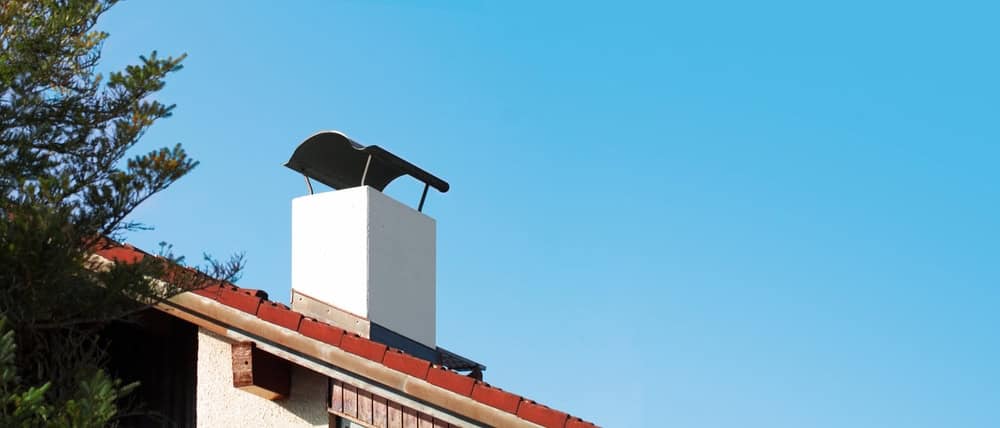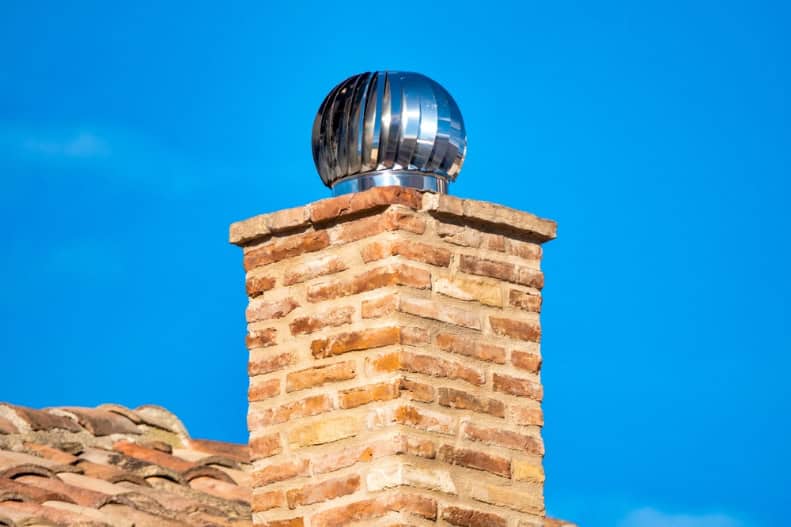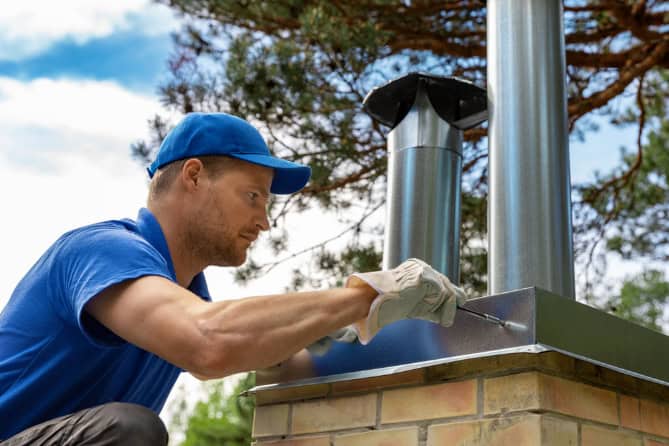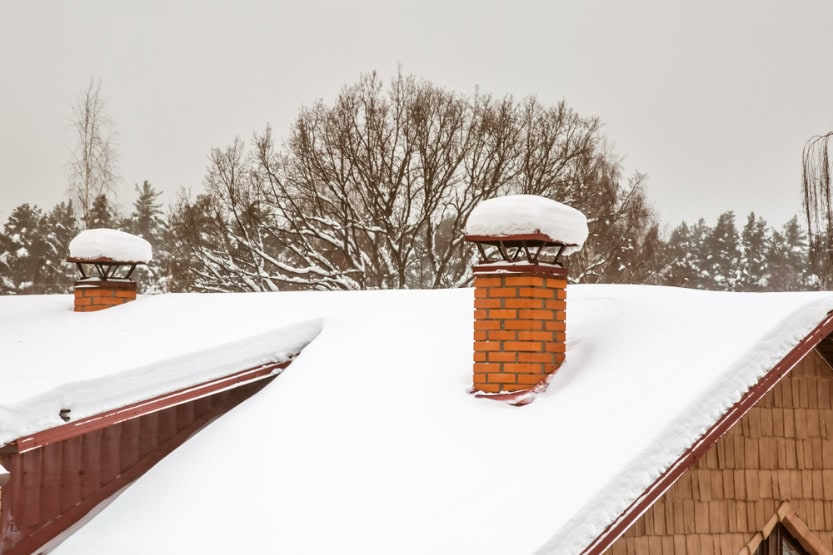Professional chimney cap installation that keeps your home dry, animals out, and your fireplace working right.

Hear from Our Customers

Your chimney without a proper cap is like leaving a window open during every rainstorm. Water finds its way in, animals make themselves at home, and downdrafts turn your fireplace into a frustrating mess.
A properly installed chimney cap changes everything. No more water stains on your ceiling or walls. No more surprise visits from birds or squirrels. Your fireplace draws correctly, burns cleaner, and you stop worrying about what the next storm might bring.
The right cap also means your chimney lasts longer. Without constant water exposure, your flue liner stays intact, your masonry doesn’t crumble, and you avoid those expensive repairs that come from years of neglect. It’s the difference between a $300 solution now and a $3,000 problem later.
We’ve been installing chimney caps in East Providence since 2000, working with the same core team of CSI-certified technicians who actually know what they’re doing. Most chimney problems we see could have been prevented with proper cap installation from the start.
Our technicians hold certifications from the Chimney Safety Institute of America because this work requires real knowledge, not just a ladder and good intentions. We’ve seen what happens when caps are installed wrong—and we’ve fixed plenty of those situations too.
Twenty-plus years in this business means we understand how Rhode Island weather affects chimney systems, what materials hold up to coastal conditions, and how to size caps correctly for optimal performance.

First, we inspect your chimney to determine the right cap size and style. Not all chimneys are the same, and generic caps often create more problems than they solve. We measure your flue, check the crown condition, and assess any existing damage.
Next, we select or custom-fabricate the appropriate cap. Stainless steel works best in our coastal climate—it won’t rust, warp, or deteriorate like cheaper materials. If your chimney has multiple flues or unusual dimensions, we’ll create a custom solution that fits perfectly.
Installation involves proper mounting that won’t damage your chimney or create leak points. We secure the cap to handle high winds, ensure adequate ventilation, and test the fit before we leave. You get a cap that stays put and does its job for years to come.

Ready to get started?
Every installation includes proper sizing based on your specific chimney dimensions and ventilation needs. We don’t use one-size-fits-all solutions because they don’t work reliably. Your cap gets sized for optimal draft while keeping weather and animals out.
Materials matter in East Providence’s coastal environment. We use stainless steel construction that resists salt air corrosion and handles temperature changes without warping. The mesh screening keeps animals out while allowing proper airflow, and the design sheds water effectively without creating ice dam problems.
You also get installation that won’t damage your chimney crown or create new leak points. We’ve repaired too many caps that were hammered, screwed, or cemented in place by contractors who didn’t understand chimney construction. Our mounting methods secure your cap without compromising your chimney’s integrity.
